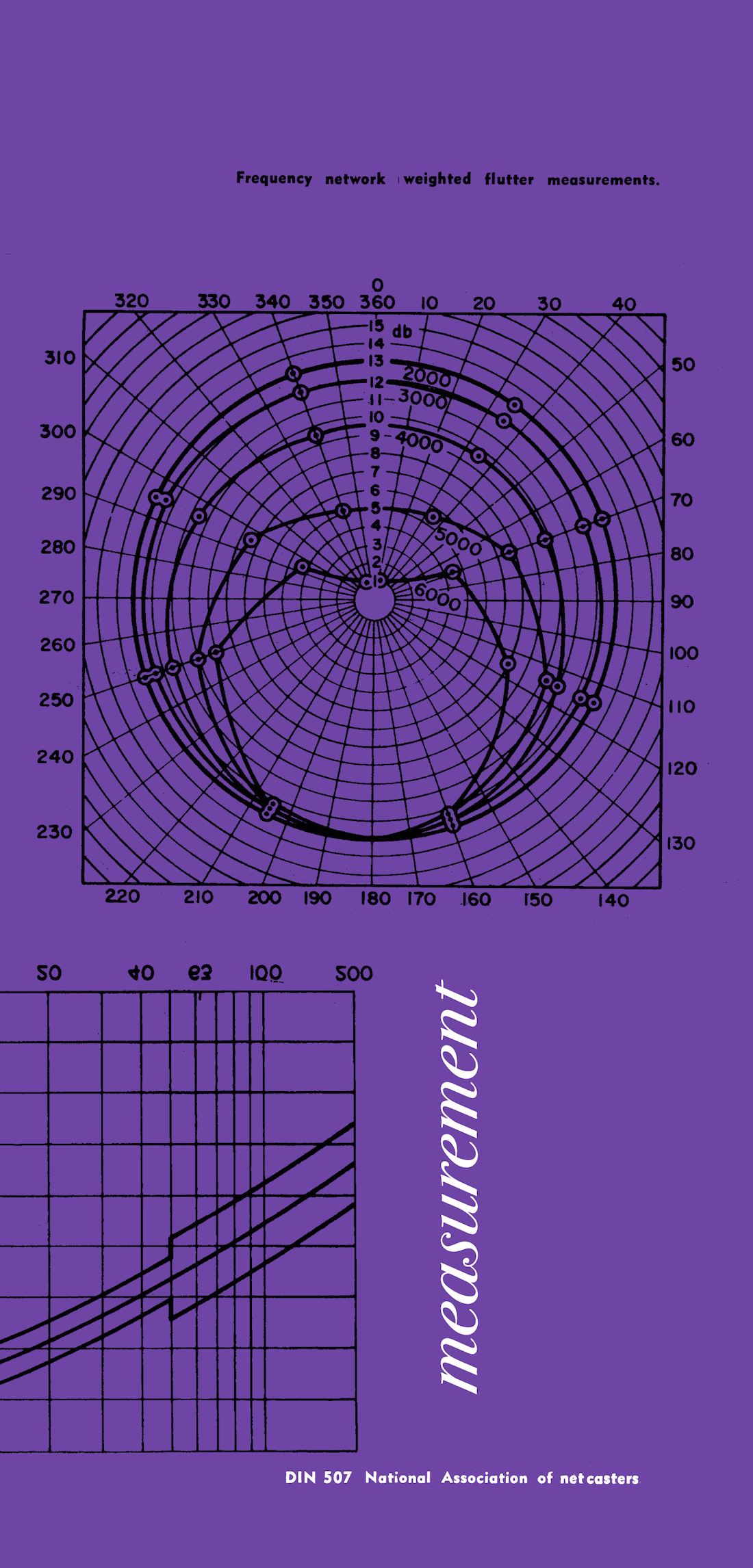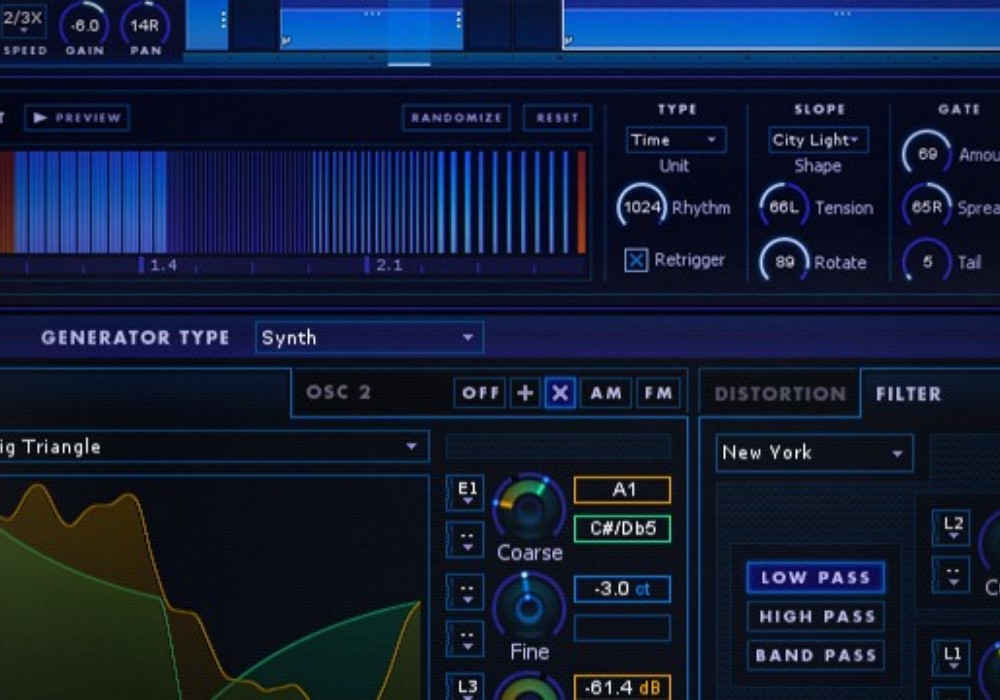Here is Arturia's affordable and highly desirable analog synth, the MicroBrute. The little brother to their MiniBrute synth, the monophonic MicroBrute has a new modulation matrix with control-voltage I/O patching options, an excellent filter section (with external inputs), MIDI input, plus MIDI over USB for direct connection to a computer. Add to that an old-school step sequencer à la the Roland SH-101, plus some super-aggressive shaping potential via the Brute Factor filter feedback control, and you have an unusually compelling blend of modern studio integration points within a tonally rich single-oscillator retro synth.
As a synth nerd and studio owner, I'll admit I was a little giddy when the MicroBrute arrived. My first reaction out of the box was the obvious one: this is a tiny synth, with a ton of control points. Although it is less wide than a MacBook Pro, the MicroBrute actually has more hands-on controls than a few of my vintage Moogs. The 25 mini-keys are complemented by a compact layout of knobs, ADSR sliders, mod/pitch wheels, waveform switches, and 1/8'' patch points on the modulation matrix. This diminutive size is remarkably easy to work with and never feels crowded or compromised. Also of note to engineers is the external input to the filter stage (TRS with gain trim) — vocal and drum track processing, anyone? Nerdy worldwide opinion polls show majority support for real analog filter sweeps over plug-in simulations.
So, how does it sound? Frankly, it sounds killer. Arturia states that the voice path on the MicroBrute is "100% analog, not digitally controlled analog, not digital oscillators with a wave shaper, but true honest analog." One of the sound-design aspects we audio nerds treasure is the unpredictability of analog synths — character that can't be captured as a preset and is only found through free experimentation. In other words, happy sonic accidents. Even though the MicroBrute has only one oscillator, its multi-waveshape mixer section allows for plenty of these happy accidents. In exploring these combinations, I was often rewarded with truly warm, unique baseline sounds. The Metalizer waveshaper in particular adds a crazy harmonic distortion unlike any other triangle waveforms I've heard. The sub-oscillator adds a lower octave pitch with an option to add a 5th overtone above your root pitch; it's almost like having a second oscillator. The Brute Factor adds a just-barely-controlled harmonic feedback characteristic to the output which ranges from subtle low-end distortion to screaming, ripped-up timbres. And the filter! Switchable from low, band, and high-pass, it has a deep, satisfying curve and can be driven into self-oscillation with the resonance control, especially when used in combination with the Brute knob. Compounding the sound-mangling abilities of this little synth is the modulation matrix, which allows you to alter the default LFO and envelope routings via direct patching. Although the MicroBrute is modest in terms of flexibility when compared to a Korg MS-20 or some modular synths, having any CV patching is unheard of at this price point. Using all of these sound-shapers, I was able to quickly dial in some terrifying (and yes, brutal) bass and lead sounds, as well as softer single-note drones. It's easy to see the MicroBrute as a source for unique drum sounds; I look forward to sampling the crap out of it.
The inclusion of USB MIDI and CV gate I/O (standard 1 V per octave) prompted me to try some interesting hybrid setups. At one point, I had Ableton Live clocking the LFO and sequencer of the MicroBrute's built-in step sequencer, with my circuit-bent Korg Monotribe playing in sync via the MicroBrute's CV gate out port (connected to the Sync In port of the Monotribe). Plus, I was able to run a drum track out of Ableton and into the filter section of the MicroBrute. To my neighbors: I apologize.
Downsides? At this price point, it's really hard to complain. A battery power option would be advantageous — although the added bulk and weight could be a distraction. This synth really is lap-sized, less wide than a MacBook Pro, so there are no obstacles to getting your Gary Numan on in a crowded plane, save the hassle of finding a power source. Arturia addresses this design choice on their site: "Using high current parts with larger voltage rails to get real sound means that more power is required" — a valid counterpoint. My only other gripe is the lack of MIDI out, which somewhat limits the MicroBrute's integration with my other MIDI gear (although the USB connection does provide full MIDI I/O to a connected computer). Note that neither of these wish-list items detracts from the depth of the instrument, nor from the sheer fun of playing it.
With the MicroBrute, Arturia has a winner, and along with a few other gear manufacturers (notably Korg), they seem to have tacitly acknowledged that we have come back to "days of future past" in search of the visceral thrill of "real" control over a wild and untamed sonic palette. Long live the analog synth!





_disp_horizontal_bw.jpg)